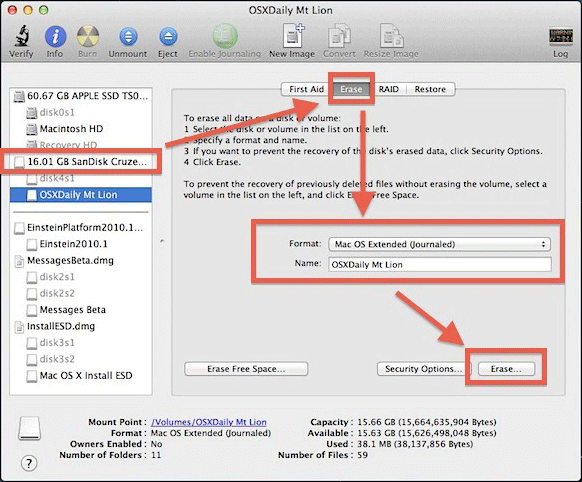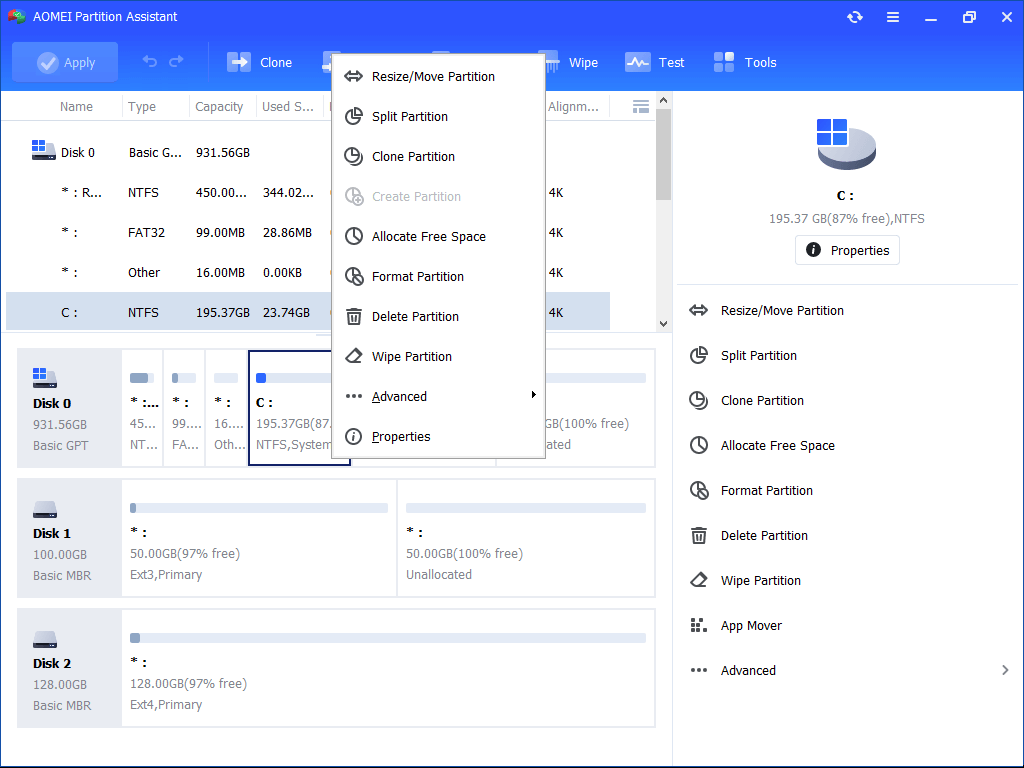
Referring to the detailed steps of how to create Windows 10 bootable drive with Media Creation Tool. Launch Media Creation Tool and connect the drive to your computer. Download and install Windows ADK (Windows Assessment and Deployment Kit) if necessary. Prepare an external hard drive (or USB) with a capacity of 8GB or more. Download Media Creation Tool from Microsoft's official website. Using this Media Creation Tool, you can directly choose the external hard drive (or DVD, USB flash drive) to create your own bootable media, which is more for installing or reinstalling Windows OS (Applies to: Windows 10, Windows 8.1, and Windows 7). Option-1: Create a bootable disk with Media Creation Tool


You can also use this to clone Windows to a larger driver if you’d prefer.īefore you follow these steps, make sure that both your existing hard drive and new hard drive are connected to your PC and are detectable in Windows. The free version of Macrium Reflect allows you to clone your Windows installation from a larger to a smaller drive, resizing the partition table in the process. Various tools exist for this method, but one good (and free) option is to use Macrium Reflect Free. Unfortunately, as this process doesn’t work if you’re moving from a larger to smaller drive, you’ll need to use third-party software to copy Windows instead.

Using a new system image to clone your hard drive is still the best way to migrate Windows 10 to a new hard drive. Transfer Windows 10 to a Different Sized Hard Drive Using Third-Party Software After a few moments, your system partition will be expanded to include the additional space on your drive, ensuring that all available drive space is usable.


 0 kommentar(er)
0 kommentar(er)
